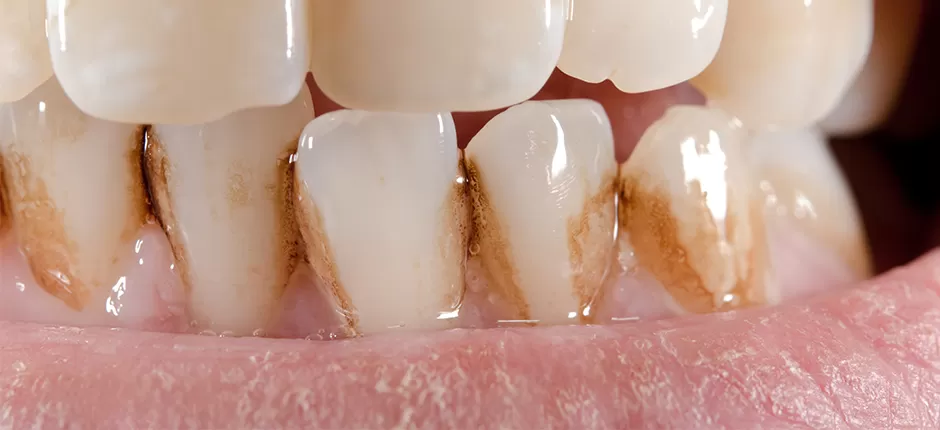Who doesn’t want a set of pearly white teeth? A perfect smile is what everyone aspires. Ever wondered what can be the possible reasons for stained or discolored teeth? Oral hygiene is one of the important aspects of your life. Hence, caring for the mouth is an important task that you should follow on a regular basis. Monash Dental Group is an impeccable dentistry for various cosmetic treatments and surgery.

Kinds of Stains
The stains of the tooth can be categorized into two parts: intrinsic stains and extrinsic stains.
- Intrinsic staining refers to the fact that discoloration of the teeth is a part of your natural body process. It occurs from inside of your tooth or teeth. The chemical constituent and internal mineral structure of your teeth gives you the yellow stains.
- Extrinsic stains are generally formed or deposited on the outer surface of your tooth. These stains do not form the internal structure of your mouth. As these stains are not a part of the mineral structure and chemical composition of your teeth, these are comparatively easy to remove.
The basic reasons for discoloration
Lifestyle problems : This is the basic reason behind your teeth getting discolored. Not caring for your oral hygiene, having less interest in taking care of the mouth often leads to a bad breath and stained teeth. Improper brushing, inadequate flossing for removing plaque makes your teeth look stained.
Improper drinks or foods : Do you know having drinks can stain your teeth which may damage your personality? Some of the caffeinated drinks like coffee, caffeinated tea, aerated drinks like colas can leave ugly stains on your teeth.
Trauma : This is one of the reasons which may lead to discolored teeth, especially among adults. Children who have experienced severe falls might have discolored teeth because of disturbed enamel foundation in their teeth.
Environmental issues : The presence of excess fluoride in the water you drink is also one of the possible reasons for stained teeth. Having fluoride supplements, fluorine in water causes teeth staining which leads to discoloring of your teeth making you uncomfortable in front of everyone. Monash Dental Group can be your best friend for this.
Diseases: Diseases which affect the dentin and enamel often lead to teeth discoloration. Treatments like chemotherapy, neck & head radiation leaves out stains on teeth. Even during pregnancy, some infections make the teeth of the would-be mothers discolored.
Age factor : Your age plays an important role in the staining of your teeth. With time and age the hard enamel covering of your tooth and the material beneath the enamel gets worn out in a slow manner. It leads to yellow or discolored teeth.
Usage of Tobacco : This is one habit you must always stay away from. Chewing tobacco and smoking causes teeth to get stained in an easy manner. This is one the best reasons for discolored teeth. The harmful constituents of tobacco leave marks on your teeth which are easily distinguishable.
Medications : Some medicines containing doxycycline, tetracycline, cetylpyridinium chloride contained in mouth washes also stains the teeth. Having excessive antipsychotic medicines, antihistamines are also responsible for discolored teeth.
Dental materials : Dentistry materials like amalgam restorations, silver sulfide comprising ingredients gives a graying black tinge to your teeth.. Monash Dental Group offers the best solutions for such teeth issues.
Do you have stained teeth and want to brighten your teeth? Book an appointment with our Cosmetic dentists in Melbourne and get pearly white smile at most affordable rate.



